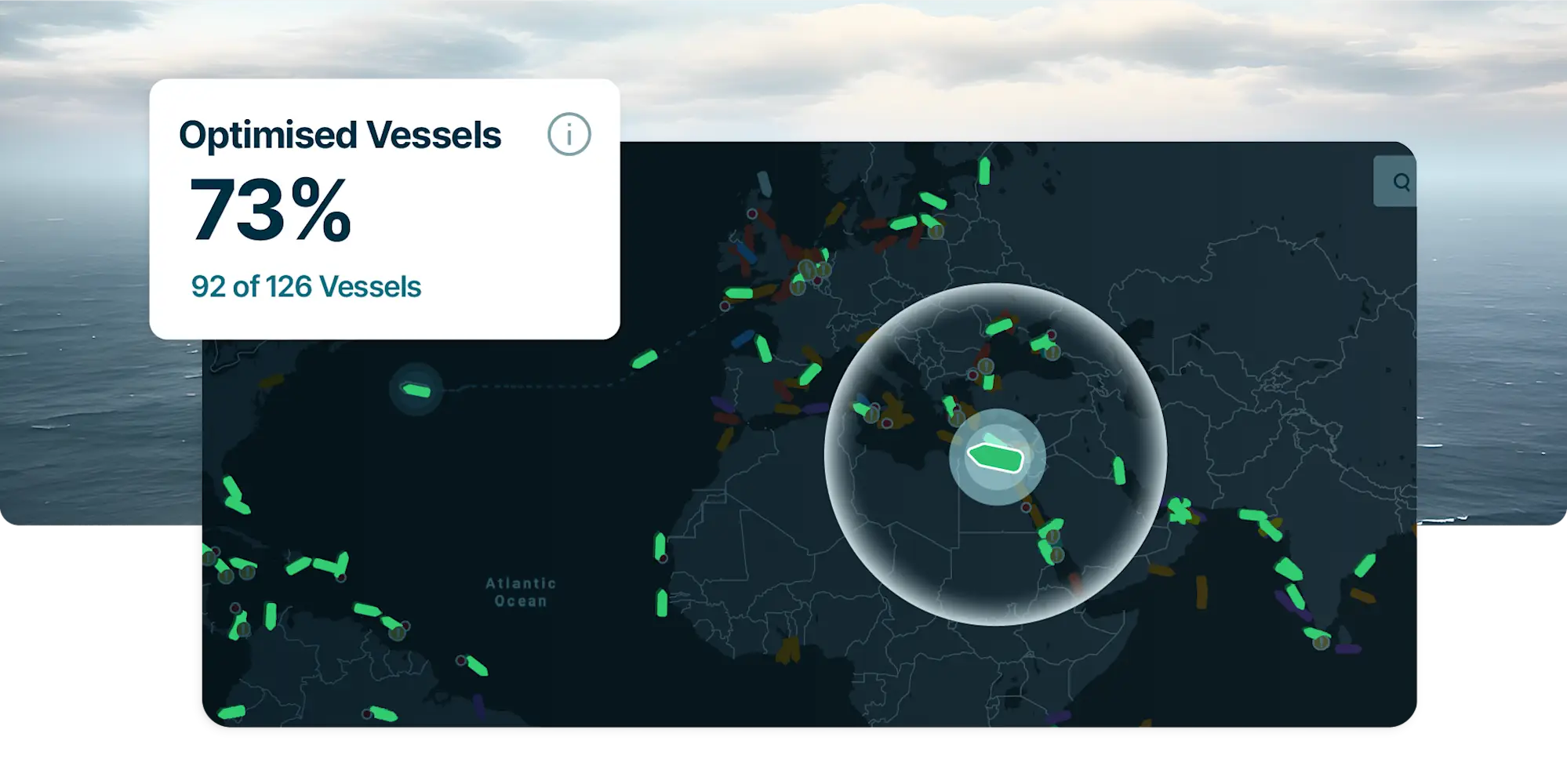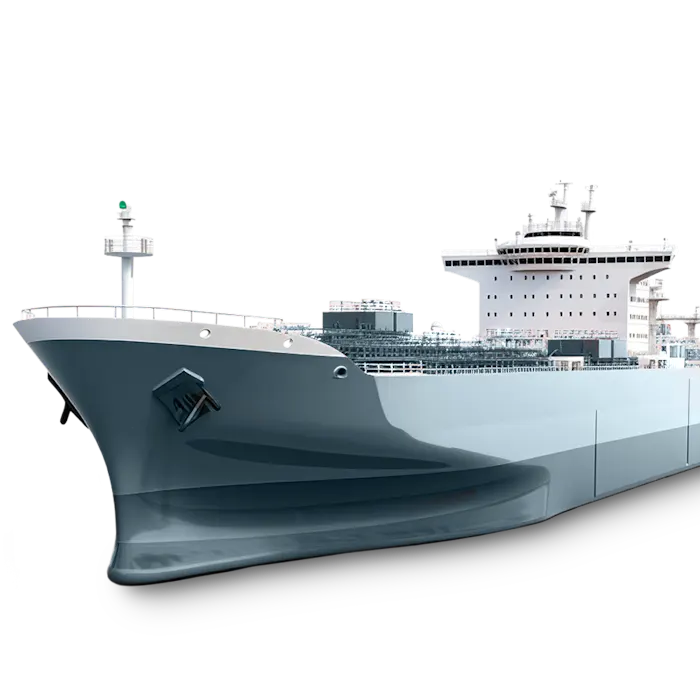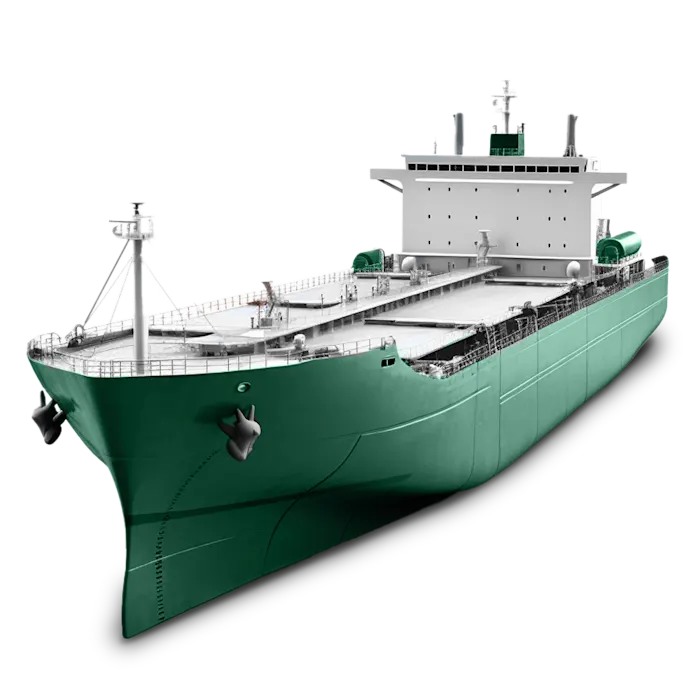Next-generation voyage optimisation
Sailing towards a more sustainable, profitable future

The history of voyage optimisation
Optimisation has been known since antiquity. Aristotle even wrote about it in his Physics Book II (384–322 B.C.), where he emphasised the pursuit of the optimal rather than the final, a principle that continues to inspire contemporary scientific and engineering advancements. This enduring quest for excellence is particularly relevant in the evolution of maritime technologies.
Scientists and engineers are constantly looking for new ways to better their theories and creations. It’s how the internal combustion engine increased its efficiency from around 6% at the beginning of the 20th century to more than 50% in the present day (Frangopoulos, 2020).
Similarly, in shipping, the concept of voyage optimisation is nothing new. In the early days of maritime, captains relied on their experience and manual calculations to navigate and manage resources effectively and keep ships, their cargo, and crew safe.
However, voyage optimisation is no longer simply about reaching the destination safely and on time. It has become a far more competitive and complex endeavour.
The evolution of maritime operations
Over the past century, the maritime sector has witnessed a steady rise in its contribution to the total value of global trade. Maritime transport now facilitates approximately 90% of the movement of goods worldwide (Walker et al, 2019). This dominance is further underscored by the surge in shipbuilding, which has reached unprecedented levels in recent years. With continuous improvements in technology and fleet efficiency, shipping is a highly competitive industry.
Along with this massive growth has come an increase in levels of pollution. While shipping remains the most fuel efficient mode of transport, vessels account for around 3% of global greenhouse gas (GHG) emissions annually. To combat the rapid growth in GHG emissions, the industry has committed to reducing its carbon footprint by at least 40% of 2008 levels by 2030 (IMO, 2023). This global push for greener practices in shipping has seen international regulatory bodies, such as the International Maritime Organisation (IMO) and the EU, introduce stringent CO2 regulations.
The role of technology in modern shipping demands a nuanced balance. While traditional maritime methods, rooted in the deep-seated expertise of seasoned mariners, have served well, the current era calls for a more holistic, data-driven approach. This shift doesn't diminish the mariner's role, but enhances it by combining the knowledge and wisdom of their experience with the power and precision of advanced algorithms, data analytics and real-time monitoring. These technologies expand our understanding, offering broader insights and improved efficiencies in voyage planning, weather analysis and fuel consumption. By integrating these two approaches we can achieve a more sustainable, economically viable and environmentally friendly future in maritime operations.
When harnessed correctly, data and insights can aid captains in route planning, weather analysis, and fuel consumption prediction, helping to enhance overall voyage efficiency, reduce fuel costs and lower emissions.
Despite the enhanced effectiveness of vessel optimisation, big data has concurrently made the landscape more complicated. As a result, much of the industry remains resistant to the digitalisation of maritime processes. This resistance can be attributed to several key factors, as discussed below.

Challenges to optimising maritime voyages
Fragmentation
Fragmentation exists in three distinct, but closely linked areas, as it affects stakeholders, the solutions offered and the practices associated with data storage and utilisation. One can’t exist without the other. Stakeholders rely on solutions to enhance their operations, solutions require interoperability to provide holistic benefits, and effective data practices are essential for meaningful utilisation of the solutions.
- Diverse stakeholders: The shipping ecosystem involves a myriad of stakeholders, including ship owners, operators, charterers, port authorities, regulatory bodies and technology providers. Each of these entities operates with its own set of goals, priorities and operational processes. On top of this, there is additional fragmentation within large shipping companies, who have different departments, using different tools. This fragmentation often leads to communication challenges, which can hinder the smooth flow of information across the maritime value chain.
- Range of solutions: Modern maritime offers a plethora of voyage optimisation solutions, from different vendors, which lack interoperability. Many shipping companies use a mix of these applications, leading to data silos, where valuable information is confined within specific systems and cannot be efficiently shared or utilised. As a result, there is a lack of trust among stakeholders regarding the value of applications and solutions within the industry.
- Fragmented data: Stakeholders often follow different practices for data storage. Data might be stored in diverse formats, locations, or even proprietary systems. This diversity in data storage complicates the process of aggregating and analysing information across the industry, preventing stakeholders from harnessing the full potential of data-driven insights. Again, this can lead to a lack of trust around the value of big data.
Mistrust of information
The maritime sector deals with sensitive information, including vessel routes, cargo details, and operational strategies. Shipping companies are therefore cautious about sharing this information, which could be exploited by cyber threats. Operational data is also considered to be a strategic asset. Traditionally, stakeholders in the industry have preferred to keep their business information private, viewing it as a competitive advantage.
Mistrust of information also extends to concerns about data quality. AIS (Automatic Identification System) data, which is crucial for tracking vessel movements, may sometimes be compromised due to factors like signal interference or intentional manipulation. Similarly, noon reports that provide daily updates on a vessel's position and performance, are susceptible to human errors, as they are manually recorded by crew members. This raises concerns about the reliability and accuracy of the data used for critical decision-making in voyage optimisation. Addressing these data quality issues is essential in building trust in digital maritime operations, necessitating robust verification processes and error-checking mechanisms to ensure data integrity.
The shift towards digitalisation challenges these traditional norms, requiring a shift in mindset towards more collaborative and interconnected data practices. Building trust requires clear communication, transparency, and the establishment of secure data-sharing protocols.
Cultural and behavioural resistance
The maritime industry can be resistant to change, due to deep-rooted traditions and operational methods. The introduction of new technologies requires not just the adoption of new tools, but a significant change in behaviour, attitude and overall operational processes. There needs to be a cultural shift towards embracing technology as an integral part of daily operations.
One of the biggest cultural barriers to embracing new tech is the generational gap, where operators and captains are accustomed to certain operational procedures and sceptical about adopting new technologies. The mindset of "we know it all" or "I can use my experience" often prevails.
To shift this mindset, digital solutions need to be properly implemented and designed to interact seamlessly with their human operators. A lack of understanding or collaboration between the human and the technology will only cause greater friction and hinder the effective implementation of digital solutions.
However, with the emergence of a more tech-savvy younger generation, there is an opportunity for a cultural shift in the industry. As digital natives take on leadership roles, there's likely to be a more open approach to adopting and integrating advanced technologies.
One size does not fit all
The maritime industry operates in a complex environment with diverse vessel types, cargo, routes and regulatory requirements. Therefore solutions need to be adaptable and customisable to cater to the specific needs of each shipping company.
Many software solutions entering the maritime market tout their capabilities in solving issues, but these often fail to align with the operators’ primary pain points. Effective solutions need a customer-centric approach, with a deep understanding of the operator's operational environment, challenges and goals.
Communication gap
There is often a communication gap between technology developers and maritime professionals. The technical language and jargon used by software providers may not always translate well into the operational language of the shipping industry. Bridging this gap is essential for successful collaboration and implementation.
Proving value and return on investment
Operators need assurance that adopting digital solutions for voyage optimisation will provide tangible benefits and a return on investment (ROI). Demonstrating the value of these solutions in terms of cost savings, efficiency improvements, and meeting environmental regulations is crucial.
Industry infrastructure
Adopting new technologies often requires an extensive overhaul, incurring high costs and high risks. The complexity of maritime operations increases the potential impact of disruptions during implementation. The lack of clarity on ROI amplifies reluctance, with companies cautious about committing resources without a clear understanding of tangible benefits.
Skills shortage
The workforce within the maritime sector traditionally operates with a skill set aligned with conventional practices. The rapid integration of digital technologies demands a workforce capable of handling sophisticated tools and navigating data-driven solutions. Additionally, there's a shortage of data scientists – particularly those with a knowledge of the maritime industry. The scarcity of such niche personnel poses a challenge as the industry grapples with bridging the gap between traditional maritime skills and the digital competencies required for efficient voyage optimisation.

Charting a new course: the power of
collaboration in re-shaping voyage optimisation
The resistance to voyage optimisation underscores a central theme: the human element.
Despite technological advancements, human interaction remains pivotal in optimising a vessel’s journey from A to B. The collaborative dynamics between stakeholders and technology, as well as among stakeholders themselves, present a critical challenge for the maritime transport sector.
A key hurdle in this collaboration lies not only in stakeholders recognising the benefits of new technologies, but also in balancing the perspectives of different parties involved. While the ROI may be clear to owners and management, in terms of dollar savings and carbon emission reduction, the advantages might seem less transparent to masters and operators, who often carry the responsibility of implementing these systems. Therefore, it's crucial for software companies to articulate not just the financial ROI, but also how these technologies can pragmatically benefit the day-to-day operations of seafarers. This dual approach in demonstrating potential gains within the new regulatory framework is essential. Successful messaging should underscore both the high-level economic and environmental benefits, as well as the practical enhancements in operational efficiency and safety for those on the front lines of maritime navigation.
Moreover, there's a need for a consensus within the shipping community and among stakeholders regarding what constitutes a valid ROI. Defining and comprehending ROI/KPIs for digital solutions, along with standardised calculation methods, are imperative for fostering a shared understanding and promoting the effective integration of these innovative tools.
Collaboration is further complicated by the escalating complexity of the global environment. Maritime professionals now face an increasing number of regulatory constraints, rapidly shifting geopolitical landscapes and volatile weather patterns. These factors add layers of complexity to maritime operations, necessitating a dynamic and adaptive approach. Human insight and experience is more crucial than ever when navigating these multifaceted challenges, underscoring the need for the integration of human expertise with advanced technological solutions. This complexity reinforces the importance of a holistic approach in vessel optimisation, which encompasses not just individual vessels or companies, but also the broader, ever-changing global context.
Voyage optimisation: the next generation
How ZeroNorth can help
ZeroNorth's mission is elegantly straightforward: to transform raw data into actionable insights.
At the heart of this mission is our Voyage Optimisation solution, that redefines how operators navigate maritime voyages. By connecting millions of data points within a single platform, ZeroNorth’s advanced algorithms generate data-driven, highly personalised recommendations to highlight the most navigable, safest and cost-efficient route and speed based on a customer’s specific goals for voyage, vessel, bunker and emissions optimisation.
Voyage Optimisation isn't just a solution for today's challenges; it's a visionary leap towards a maritime future where profitability and sustainability seamlessly coexist, driven by data intelligence.














